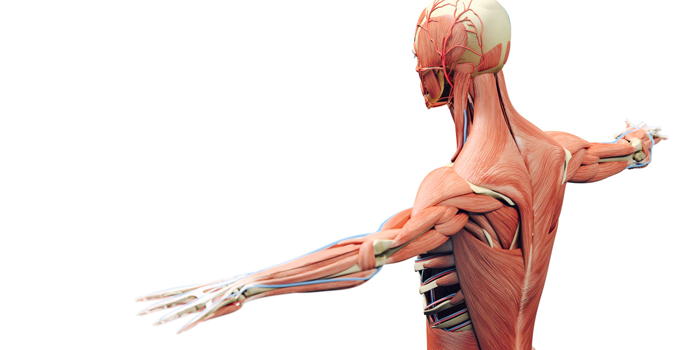No products in the cart.
Uncategorized
How Ageing Changes the Musculoskeletal System
Certain age-related changes, such as greying hair and wrinkles are unavoidable. We also know that as we age, we experience changes to muscles, bones and joints. While we once thought that these changes were also inevitable, research has shown that many factors associated with physical ageing are as a result of inactivity and can be avoided, or at least slowed down by keeping the body active. In fact, at least half of the age-related changes to muscles, bones and joints are caused by disuse.
Regular physical activity can help reduce or reverse our risk of experiencing disability and chronic disease as we age. However, recent studies have shown that less than 1 in 10 Australians over the age of 50 are not doing enough exercise to improve or maintain their physical fitness.
The following article outlines some of the ways that our bodies change as we age and how physical exercise can help to combat these changes.
Changes in Muscle as We Age
As we age, our muscles lose their size and strength. This reduction can result in feelings of tiredness, weakness and a lower ability to tolerate exercise. These changes are caused by a number of different factors that are all interconnected:
- Our number of muscle fibres reduce as we age, and muscle fibres shrink in size
- As we age, our muscle tissue is replaced more slowly. In addition, the muscle tissue that we lose is replaced with tougher, more fibrous tissue.
- Our nervous system changes, resulting in our muscles having less tone and reduced ability to contract.
Changes in Bone as We Age
The structure of our bones changes as we age. We experience a reduction of bone tissue and lower bone mass, which results in weaker bones. This is why older adults are more at risk of a serious injury as a result of a fall or other accident. The reasons that our bones become less dense as we age are as follows:
- Bones lose calcium and other minerals.
- Inactivity leads to wastage of bone.
- Hormonal changes as we age affect our bones. For women, menopause triggers the loss of certain minerals in bone tissue. For men, the continuous decline in sex hormones leads to the development of osteoporosis.
Changes in Joints as We Age
As we age, the amount of lubricating fluid inside our joints decreases and the cartilage in our joints thins. Our ligaments also shorten and lose some flexibility. This results in the movement of our joints becoming stiffer, and as such, we are less flexible.
These changes to the joints are often the result of a lack of exercise, as movement of the joint, helps to keep the fluid moving in the joint. When we are inactive, the cartilage shrinks and stiffens, which reduces mobility of the joints.
How Physical Activity Helps the Muscles, Bones & Joints
Regular physical activity can help to prevent age-induced changes to muscles, bones and joints. In many cases, it can also reverse some of the changes that have already occurred, so it’s not too late to start living a more active lifestyle. Exercise has proven to have the following benefits:
- Physical activity can not only strengthen the bones it helps to decrease the rate that bone is lost.
- Exercise that is weight-bearing, such as walking or training with bodyweight is perfect for maintaining bone mass.
- Older adults who exercise in water (which is not weight-bearing) also often experience increases in bone and muscle mass in comparison to older people who do not exercise at all.
- Twisting and rotational movements where muscle attachments pull on the bone are also beneficial for maintaining bone mass.
- Muscle strengthening exercises can help older adults to increase muscle mass and strength.
- Older adults can reduce the risk of an accident or fall through coordination exercises, such as Ageless Grace®
- As exercise can decrease the rate at which bone mineral density is reduced, it can delay the progression of osteoporosis.
- Stretching is an excellent way to help maintain joint flexibility.
Before starting a new exercise program, it’s important to consult your doctor or health professional, particularly if you haven’t exercised for a while. For older adults, adults with a chronic disease, or both, a doctor, physiotherapist or exercise physiologist can help to ensure the exercise program that you are taking part in is safe to do.
Why not join our Ageing and Dementia Support Network Group aligned with the BrainSparks – Connections Facebook page to take part in our movement programs online. Or, for more information on this article, or the other services that we provide, don’t hesitate to get in touch with Brain Sparks.


